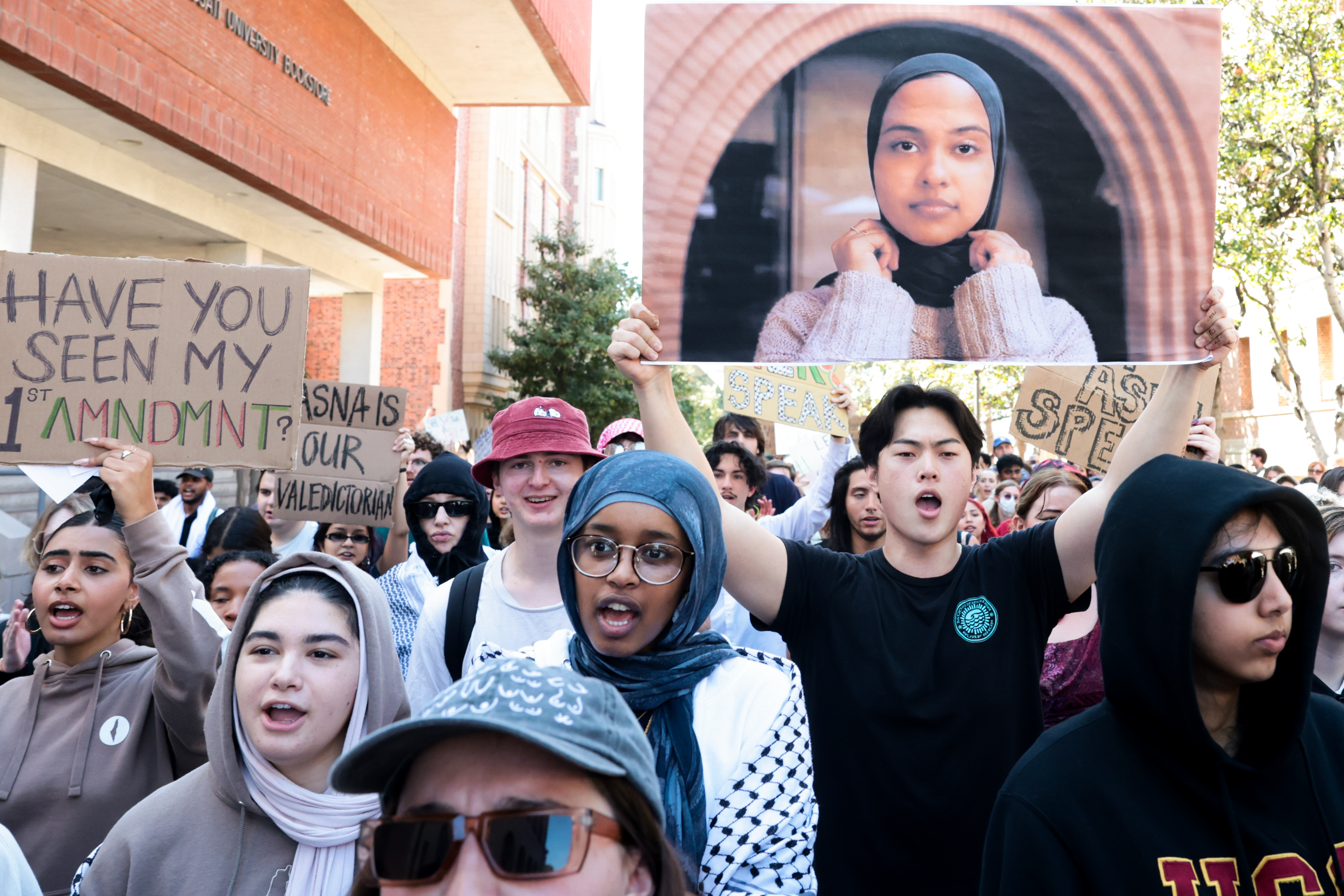Los Angeles closed its schools Tuesday morning after getting a threat that its students would be attacked with bombs and guns, New York City kept its schools open after receiving a similar threat, and the second guessing began.
Did Los Angeles overreact?
New York City Police Commissioner William Bratton said it had. Whoever wrote the threat claimed to be a jihadist but made enough errors to be exposed as a fraud, he said, and joked that the author might be a fan of the television show, “Homeland.” Mayor Bill de Blasio said New York City quickly deemed the threat to be a hoax because “it was so generic, so outlandish and posed to numerous to school systems simultaneously.’
But in Los Angeles, still recovering from the attacks in San Bernardino that killed 14 people, officials defended their decision to close more than 900 public schools and 187 charter schools attended by 640,000 students.
"It is very easy in hindsight to criticize a decision based on results the decider could never have known," LA Police Chief Charlie Beck said at a news conference.
The threat was supposed to be from a high school senior, a devout Muslim who had been bullied and who had teamed up with “a local jihadist cell,” according to the Associated Press, which received a copy of the one sent to a New York City school superintendent. It warned that every school in the city would be attacked with pressure cooker bombs, nerve gas agents, machine pistols and machine guns.
"The students at every school in the New York City school district will be massacred, mercilessly,” it read. “And there is nothing you can do to stop it."
U.S. & World
The messages were customized to some degree for Los Angeles and New York City — with more than 1 million students and more than 1,800 schools — and that could be important, school safety experts say.
“Just a slight change in what is said when you’re doing threat evaluations can make a world of difference in how you should react,” said Michael Dorn, the executive director of Safe Havens International, a campus safety organization that helps schools prepare for crises.
Both he and Ken Trump, the president of National School Safety and Security Services, said the school districts were working against deadlines because they needed enough time to cancel buses and alert parents. Neither man knew the exactly timing of when the messages were received and whether officials were aware of the other threat or threats.
“That window could have been fairly tight,” Trump said. “You have to consider in this case the proximity to the San Bernardino incident and recent events.”
Monday was the third anniversary of the massacre at the Sandy Hook Elementary School in Newtown, Connecticut, when 20 children and six adults were killed by an armed gunman, Adam Lanza.
Dorn predicted more threats that referred to terrorism, especially following the attacks in San Bernardino and Paris, where a string of shootings and suicide bombings killed 130.
“We’ve been getting these for the last couple of years,” he said.
Trump said a study of school threats across the country from Aug. 1 to Dec. 31, 2014, found that threats were up 158 percent over the year before. He called the increase an epidemic that was causing fear and frustration for children, parents and educators.
More than a third of the threats were sent electronically via Facebook, Twitter, Instagram or apps. About 70 percent involved bomb or shooting threats. About 30 percent of the schools evacuated and 10 percent closed, many unnecessarily.
“We often found that schools were reacting and then assessing rather than assessing and then reacting,” he said. “And sometimes that’s hard to do.”
Ohio topped the list of states getting threats with 64, followed by California (60), Pennsylvania (55), New York (46) and Florida (43).
High schools got 70 percent of the threats, middle schools 18 percent and elementary schools 10 percent.
Schools do need to practice assessing threats like the ones made on Tuesday, both men said.
Trump said that since the Sandy Hook attacks, schools were relying too much on physical security controls. It could be the school custodian or secretary who would notice something amiss, he said.
“No one wants to be alarmist, no one wants to create panic," Trump said, "but we would be negligent from a security perspective if we didn’t also acknowledge that if terrorists wanted to strike at the hearts of America, they’d strike at our children and that schools are soft targets."
Los Angeles Schools Superintendent Ramon Cortines said early in the day that the district was closed out of "an abundance of caution."
"I am not taking a chance of bringing children into a place, into any part of a building, until I know that it’s safe," Cortines said. "I, as superintendent, am not going to take the chance with the life of a student."



